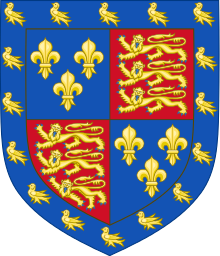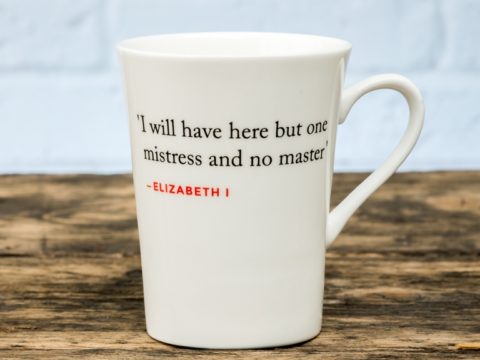Jasper Tudor: Life Story
Chapter 2 : Wealth & Position
There was unrest at the lower levels of society as well as amongst the nobles. In a rather schizophrenic world view, the costs of the war with France and the necessary taxes that had been raised to pursue it were resented whilst failure to prosecute the war vigorously, and the peace settlement related to the King’s marriage were also resented.
Personal as well as political rivalry lay between Richard of York and Edmund Beaufort, Duke of Somerset. Somerset was far closer to the King and Queen than York and his appointment as Lieutenant in France had outraged York who felt it undermined his own position as Lieutenant in Normandy. Particularly galling was the fact that Somerset was well provided with men and funds whilst York had insufficient supplies.
Had Somerset been successful in his campaign, matters might have turned out differently. However he was not a competent soldier, and failed to achieve anything. In the north, as well, the Percys and the Nevilles were constantly feuding. York’s closest ally was his brother-in-law, Richard Neville, Earl of Salisbury, and this pairing made it almost certain that in any dispute, Henry Percy, Earl of Northumberland would support the opposite side from York.
In 1450 – 1451, Parliament was restive. To improve the Crown’s financial position many of the grants of land that had been made in the previous 20 years were cancelled in an Act of Resumption (which ‘resumed’ previous Crown ownership) but this did little to help the growing unrest in the country which was becoming increasingly lawless.
In 1452, the Tudor brothers were both granted earldoms, the first men of Welsh blood to be ennobled by an English King. Edmund received the earldom of Richmond and Jasper that of Pembroke. Their status was high – as the King’s uterine half-brothers they were granted precedence above all other earls, preceded only by the royal dukes – York, Buckingham, and Exeter. Although Jasper was not a member of the English Royal family by blood, he was granted the right to bear arms the same as the King’s, differenced by a border of martlets. It was quite clearly stated in the Parliamentary Act that created them that Edmund and Jasper were ‘the natural and legitimate sons of the same most serene lady the queen’

Pembroke was a large and valuable earldom – it was a County Palatine which gave its earls a far higher degree of autonomy and responsibility for administration in their designated lands than in ordinary earldoms. Unfortunately, however, because the earldom had been in royal hands since 1450, some of the lands related to it had already been granted to Queen Marguerite as part of her jointure.
Jasper was granted cash by way of compensation. The grand ceremony at which Edmund and Jasper were publicly invested as earls took place on 6 th January 1453 – the Feast of the Epiphany.
The brothers could now be summoned to Parliament as barons, and Jasper attended the opening session at Reading of the 1453 Parliament, on 6th March. By this date, an arrangement had been made to replace Queen Marguerite’s holdings within the earldom of Pembroke with other sources of income and the lands were granted to Jasper. The majority of these lands were based around Pembroke Castle in south-west Wales together with holdings in London.
These grants of valuable earldoms did not help Henry VI finances, but it was important for the King to have loyal family. Following Gloucester’s death, Henry’s closest relatives were his half-brothers. His next nearest relatives in England were the Duke of Exeter and the aforementioned Edmund Beaufort, Duke of Somerset, both descendants of John of Gaunt.
Somerset had had an older brother, John, who had died in 1444 leaving a daughter, Margaret, now heiress to great estates. As another mark of favour, and an opportunity to increase the income of his half-brothers, without cost, Henry granted the wardship of Lady Margaret Beaufort to Edmund and Jasper, jointly, in March 1453.
This was a perfectly normal transaction and permitted the guardians to draw the income of the ward’s estates until the ward reached maturity. The guardian was also free, within limits, to arrange the marriage of the ward. The usual practice was for the guardian to either marry a female ward himself or arrange for a marriage to one of his own offspring. In this particular case, despite the youth of Margaret, she was married to Edmund six months after reaching the legal minimum age of 12. There do not seem to have been any plans at this time for Jasper to marry.
Sir Jasper Tudor
Family Tree







